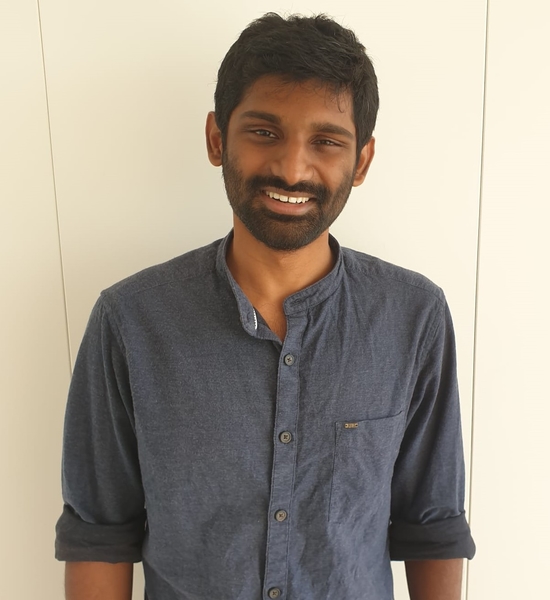Objectives
Abstract: Combustion in practical systems hardly ever occurs in a single combustion regime. Usually it is a multi-regime combustion problem where in the flame can show characteristics fluctuating between premixed and diffusion flames. Capturing this complex phenomena with reduced order models has been a challenge. In this study a multi-regime combustion model based on 2-D manifolds is presented and is validated in canonical combustion problems. The manifold are used in conjunction is with an in situ adaptive tabulation strategy to limit usage of memory. The model shows good agreement when compared against detailed chemistry simulations, and hence shows promise to be used for practical combustion problems.
 Short Bio: Anurag Surapaneni is a 4th year PhD student at the Barcelona Supercomputing centre under the guidance of Dr. Daniel Mira and with the FI AGAUR grant. His work mainly focuses on developing computational models to compute multi-regime combustion problems. The work presented here is been done during his visit to the Mechanical and Aerospace Engineering department at Princeton University, in the Computational Turbulent Reacting Flow Laboratory (CTRFL) under Dr. Micheal Mueller.
Short Bio: Anurag Surapaneni is a 4th year PhD student at the Barcelona Supercomputing centre under the guidance of Dr. Daniel Mira and with the FI AGAUR grant. His work mainly focuses on developing computational models to compute multi-regime combustion problems. The work presented here is been done during his visit to the Mechanical and Aerospace Engineering department at Princeton University, in the Computational Turbulent Reacting Flow Laboratory (CTRFL) under Dr. Micheal Mueller.
Speakers
Speaker: Anurag Surapaneni, Propulsion Technologies Group Junior Research Engineer, CASE, BSC
Host: Giuseppe Indelicato, Propulsion Technologies Group Recognised Researcher, CASE, BSC

